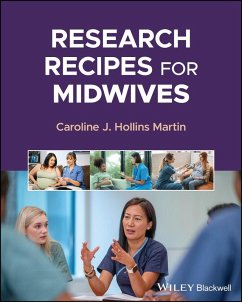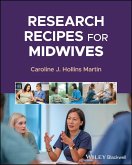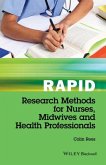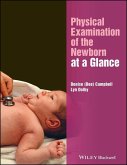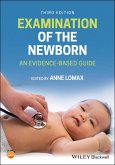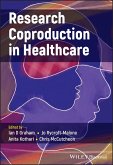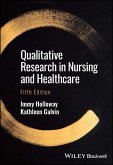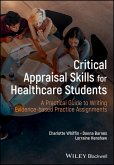Research Recipes for Midwives
A 16-step guide to writing a research proposal
Development of a research question, identification of a research method, and working through the steps to build a sample are complex and hugely important stages in the career of a student midwife. A good research 'recipe'-a specific method geared to address a certain kind of question-can be critical to the creation of a successful proposal.
Research Recipes for Midwives offers a selection of thoroughly tested research methods from which student midwives can choose in developing their own projects, expertly directing the reader through a 16-step process for applying a 'recipe' to their own proposal. Reader will also find:
Research Recipes for Midwives is the ideal resource for student midwives developing research proposals, particularly those enrolled in research methods modules, providing readers with an edge in this foundational element of the research process.
A 16-step guide to writing a research proposal
Development of a research question, identification of a research method, and working through the steps to build a sample are complex and hugely important stages in the career of a student midwife. A good research 'recipe'-a specific method geared to address a certain kind of question-can be critical to the creation of a successful proposal.
Research Recipes for Midwives offers a selection of thoroughly tested research methods from which student midwives can choose in developing their own projects, expertly directing the reader through a 16-step process for applying a 'recipe' to their own proposal. Reader will also find:
- Information regarding the relationship between midwifery research and practice
- A thorough introduction to research methods built around clear concepts
- Tools for making a complex and challenging process manageable and exciting
Research Recipes for Midwives is the ideal resource for student midwives developing research proposals, particularly those enrolled in research methods modules, providing readers with an edge in this foundational element of the research process.
Dieser Download kann aus rechtlichen Gründen nur mit Rechnungsadresse in D ausgeliefert werden.

